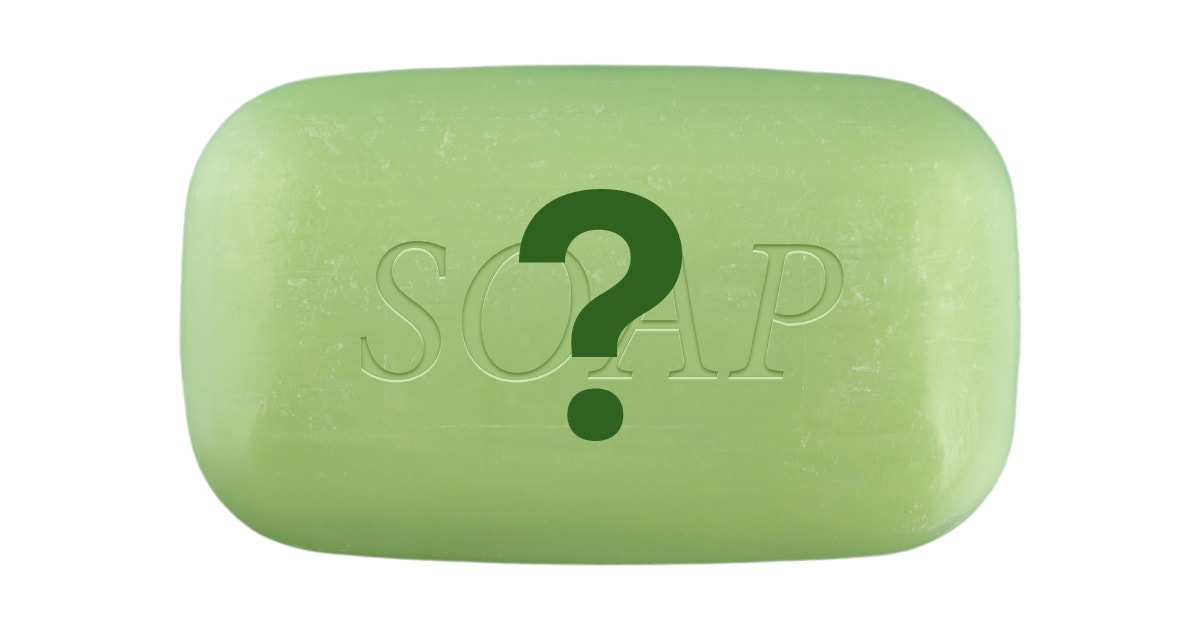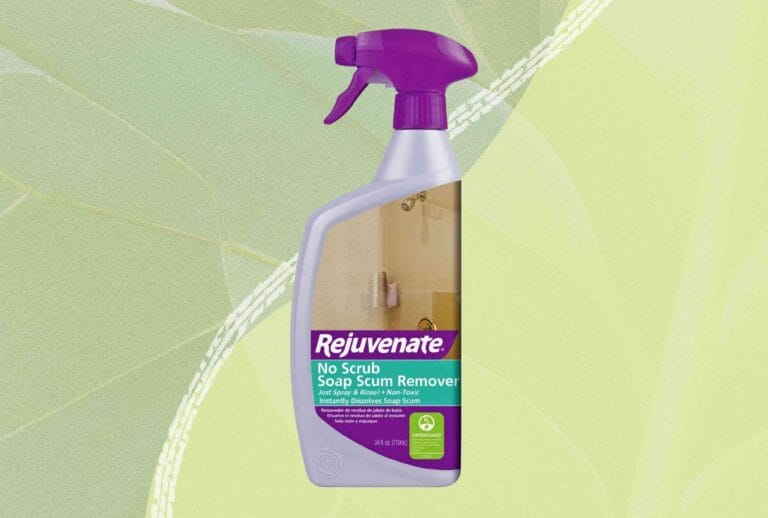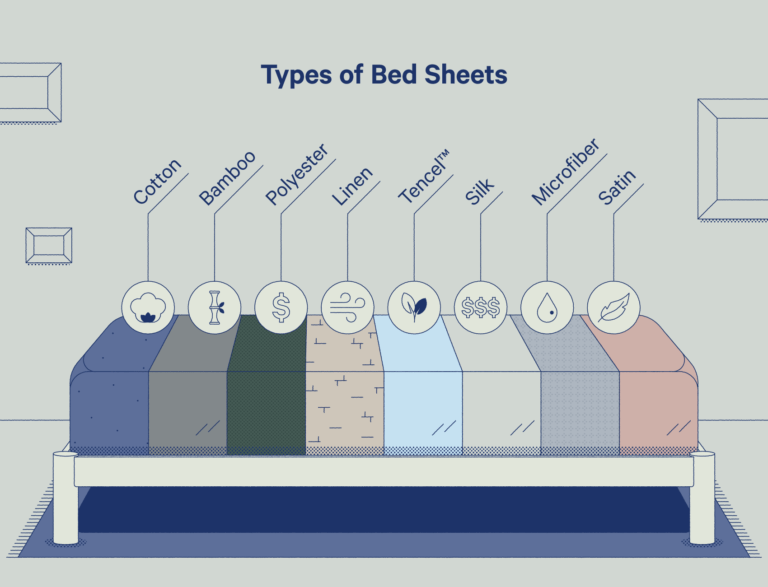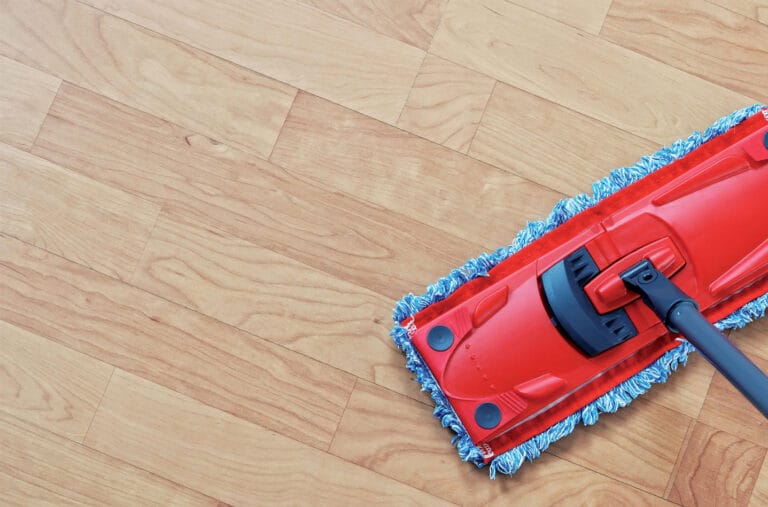
When we hop into the shower and lather up with soap, something magical happens. The secret lies in a powerful combination of science and bubbles.
You see, soap is made up of special molecules that have two distinct parts: a hydrophilic (water-loving) head and a hydrophobic (water-repelling) tail. These molecules work together to create the cleaning action we all love.
So, get ready to uncover the fascinating science behind our squeaky-clean showers and learn how soap does its job!
How Does Soap Actually Clean Our Bodies in the Shower?
Ever wondered how soap cleans our bodies in the shower? Soap works by a process called emulsification, where it helps to dissolve dirt and oil on our skin. Soap molecules have two ends: one that is attracted to water, and another that is attracted to oil and dirt.
When we lather soap on our bodies, the oily and dirty particles stick to the soap molecules, allowing them to be easily rinsed away with water. So the next time you shower, you’ll know exactly how soap gets you squeaky clean!
The Chemistry of Soap
At its core, soap is a product of a simple chemical reaction called saponification. It is made by combining fats or oils with an alkali, such as sodium hydroxide or potassium hydroxide. This reaction breaks down the triglycerides in the fats or oils into fatty acid salts, known as soap molecules.
These soap molecules have a unique structure that allows them to interact with both water and oil, making them excellent cleansers. When we apply soap to our bodies, it forms micelles that trap dirt and oils, allowing them to be rinsed away with water.
Soap molecules consist of a hydrophilic (water-loving) head and a hydrophobic (water-repelling) tail. The hydrophilic heads are attracted to water molecules, while the hydrophobic tails are repelled by water and are instead attracted to oils and dirt on our skin.
When soap is applied to wet skin, the soap molecules arrange themselves around the dirt, oil, and other impurities, creating a spherical structure called a micelle. The hydrophobic tails facing inward and the hydrophilic heads facing outward keep the micelle stable.
This structure effectively traps the dirt and oils within the micelle, allowing them to be rinsed away when we wash off the soap.
Mechanical Action of Soap
While the chemical properties of soap play a vital role in cleansing, the mechanical action of washing also contributes to the effectiveness of soap in cleaning our bodies. When we rub soap onto our skin and work up a lather, the friction created between our hands and the skin helps to dislodge dirt and oil from the surface.
By combining the mechanical action of rubbing and the soap’s ability to form micelles, we can achieve a thorough and deep clean.
Furthermore, the lather created by soap allows it to spread easily across the skin, ensuring that no area is left untouched. This even distribution of soap helps to ensure comprehensive cleansing, leaving our bodies feeling refreshed and free from dirt and impurities.
Role of Water in the Cleansing Process
Water is an essential component in the cleansing process when using soap. As a universal solvent, water helps to dissolve and rinse away the soap, along with the dirt, oil, and other impurities trapped within the micelles.
Water also helps to rehydrate and moisturize our skin, preventing it from drying out during the cleansing process.
Additionally, the warmth of the water aids in opening up our skin’s pores, allowing the soap to penetrate deeper and remove impurities from within. The combination of soap, water, and heat creates an effective environment for thorough cleansing, leaving our skin feeling clean and rejuvenated.
Tips for Optimal Cleansing with Soap
To make the most out of your showering experience and achieve optimal cleanliness with soap, here are some useful tips:
- Choose the right soap for your skin type. Different soaps are formulated for various skin types, such as oily, dry, or sensitive.
- Use warm, not hot, water when showering. Hot water can strip away the natural oils in your skin, leading to dryness.
- Don’t overuse soap. Excessive use of soap can disrupt the natural balance of oils on your skin, causing dryness and irritation.
- Focus on areas prone to sweat and odor, such as the underarms and feet.
- After washing, pat your skin dry instead of rubbing vigorously to avoid irritation.
- Moisturize your skin after showering to lock in hydration.
- Keep your soap clean and dry between uses to prevent bacterial growth.
Science Behind Different Types of Soap
Soap comes in various forms, from traditional bar soaps to liquid or gel-based options. Each type of soap has its own unique properties and benefits. Let’s explore the science behind some popular variations:
Bar Soap vs. Liquid Soap
One of the most significant differences between bar soap and liquid soap lies in their formulation. Bar soaps are typically made through a process known as cold or hot saponification, where fats and oils are mixed with an alkali. On the other hand, liquid soaps are created by combining surfactants with water and other additives.
While both bar soap and liquid soap effectively clean the skin, they have slight variations in how they work. Bar soap tends to have a higher pH level and can be more alkaline, which can disrupt the skin’s natural acidity.
Liquid soap, on the other hand, often has a lower pH level, making it more gentle and suitable for those with sensitive skin.
Additionally, bar soap tends to have a longer-lasting formula as it doesn’t contain as much water as liquid soap. This can make it a more environmentally friendly option as it requires less packaging and reduces water waste during production.
Antibacterial Soap
Antibacterial soap has gained popularity in recent years, claiming to provide extra protection against bacteria and germs. However, the efficacy of antibacterial soap has been a topic of debate among experts.
While antibacterial soaps do contain active ingredients, such as triclosan or benzalkonium chloride, that can kill bacteria, research suggests that they are no more effective than regular soap in everyday situations.
The Centers for Disease Control and Prevention (CDC) even states that regular soap and water are sufficient for most people’s hand hygiene needs.
Furthermore, the widespread use of antibacterial soaps can contribute to the growth of antibiotic-resistant bacteria, which poses a significant public health concern.
Therefore, it is generally recommended to opt for regular soap and thorough handwashing practices to maintain proper hygiene and prevent the spread of germs.
Soap plays a crucial role in keeping our bodies clean and refreshed during showers. Through the chemical reaction of saponification, soap molecules form micelles that trap dirt and oils, effectively removing impurities from our skin.
The mechanical action of washing and the use of water further contribute to the cleansing process, ensuring a thorough and deep clean.
By understanding how soap works and following some simple tips for optimal cleansing, we can make the most out of our showering routine and maintain healthy, clean skin.
Whether you prefer bar soap or liquid soap, remember that proper handwashing and good hygiene practices are essential for overall well-being.
Frequently Asked Questions
Soap plays a crucial role in keeping our bodies clean and fresh. But have you ever wondered how soap actually works? Here are some common questions and answers to help you understand how soap cleans our bodies in the shower.
1. Does soap kill bacteria?
No, soap does not kill bacteria. Instead, it helps to remove bacteria from our skin’s surface. When we lather soap and rub it onto our skin, the soap molecules surround and capture dirt, oil, and bacteria.
When we rinse off the soap with water, it takes away the trapped particles, effectively cleansing our skin. So, while soap doesn’t kill bacteria, it helps to remove them from our bodies.
It’s important to note that washing with soap and water is the most effective way to remove bacteria and reduce the risk of spreading germs. Regular handwashing and showering with soap are essential hygiene practices for maintaining cleanliness and reducing the chances of getting sick.
2. How does soap remove dirt and oil?
Soap is made up of molecules that have a special structure, with one end being attracted to water (hydrophilic) and the other end repelling water (hydrophobic). When we apply soap to our skin, the hydrophobic ends of the soap molecules attach themselves to dirt, oil, and other greasy substances on our skin.
The hydrophilic ends of the soap molecules, which are attracted to water, surround and encapsulate these substances, creating tiny droplets called micelles.
Once the dirt and oil are surrounded by the soap micelles, they become suspended in water and can be easily rinsed away. So, when we rinse off the soap, we also wash away the dirt and oil that were previously stuck to our skin. This process helps to leave our skin clean and refreshed.
3. Can soap dry out our skin?
Using soap can sometimes lead to dryness, especially if you have sensitive or dry skin. Soap has a slightly higher pH level, which means it can disrupt the natural oils and moisture balance of our skin. This can strip away the essential oils that help keep our skin hydrated, causing it to feel dry and tight.
To prevent excessive dryness, it’s important to choose mild, moisturizing soaps or cleansers that are specifically formulated for your skin type. Look for products that are labeled as “moisturizing,” “gentle,” or “for dry skin.”
Additionally, it’s a good idea to follow up with a moisturizer after showering to replenish any lost moisture and help keep your skin hydrated.
4. Why do we need to rinse off soap?
Rinsing off soap is an essential step after lathering and scrubbing because it helps to remove any residual soap, dirt, and dead skin cells from our bodies. If we don’t rinse thoroughly, the soap residues can leave a filmy or sticky residue on our skin, making it feel unclean.
Additionally, rinsing with water helps to wash away the soap micelles that have trapped dirt and oils from our skin.
It’s important to ensure that you rinse off all the soap from head to toe, paying extra attention to areas with folds or creases where soap residue might accumulate. Proper rinsing ensures that your skin is left clean and free from any soap or dirt remnants.
5. Can soap be harmful to the environment?
While soap is generally safe for use, some soaps can contain ingredients that may harm the environment. Certain chemicals found in traditional soaps, such as triclosan and phosphates, can have negative impacts on aquatic life when they enter waterways after being rinsed off.
To minimize the environmental impact, it’s recommended to choose soaps that are labeled as “biodegradable” or “environmentally friendly.” These soaps are made from natural ingredients that break down more easily and are less harmful to aquatic ecosystems.
Additionally, using soap sparingly, avoiding excessive use, and properly disposing of soap bottles can help reduce the overall environmental impact.
So, here’s what you need to know about how soap cleans our bodies in the shower. When we use soap, it grabs dirt and oil on our skin and makes them mix with water. Then, when we rinse off the soap, it takes away all the dirt and oil with it.
Soap also has special ingredients called surfactants that help it spread and foam so we can clean ourselves better. All in all, soap is a super cool and essential tool for keeping our bodies squeaky clean!






